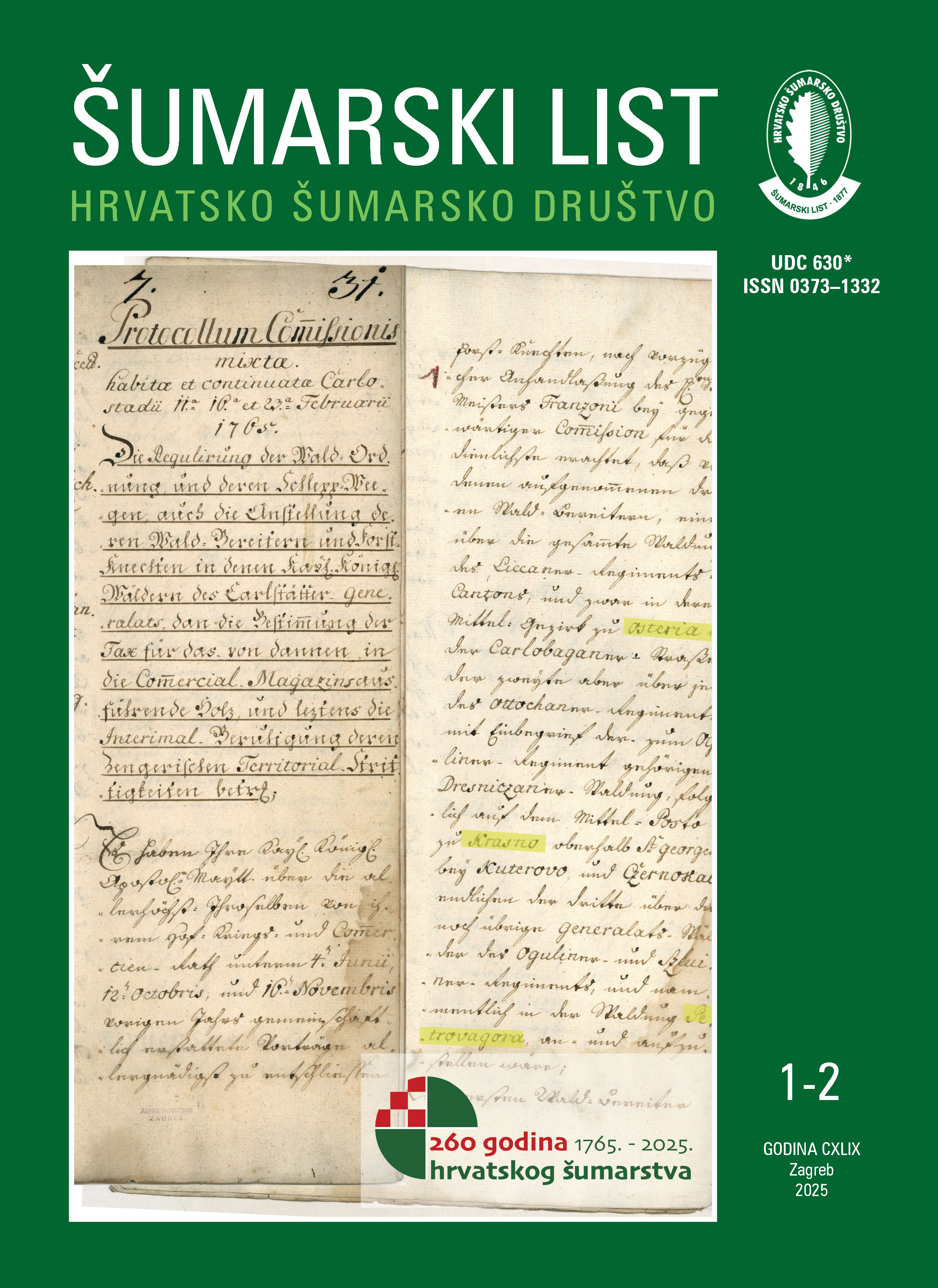A new approach to ground point classification using airborne lidar data in forested areas
Keywords:
second/last return, grid-based filter, DBSCAN clustering algorithmAbstract
Lidar systems can be used to make measurements in a variety of applications and to process and analyse the information collected. There are many methods of analysis and new ones are being developed all the time. Lidar systems are used in urban and rural areas, forested and mountainous areas, oceans, continents, closed spaces, transport networks. We propose a new approach to analyse the point cloud obtained from a measurement in the forested areas. In this approach, the data sets are first divided into data sets according to the returns of the lidar beams reflected from the objects. Data sets are formed by the combination of the second return point, the last return point and the first/last return point. In the second step, each data set was spatially placed in the grid structure. A classification was made using the height values of the points in the cell. The DBSCAN algorithm, one of the machine learning methods, uses the silhouette index to determine the epsilon value. Although the silhouette value is used to determine the number of clusters to be formed in clustering algorithms, this method is used to automatically determine the epsilon value and classify the ground points. The identified ground points were compared with the existing ground control points. Analyses were also carried out by using the combination of the data sets. As a result, the analysis of the combination of second return and last return data set showed the successful results with a kappa value of %82.27 and an F1 score value of 0.71. In addition, terrain models were created. The reference model created with the ground control points and the terrain model created from the second/last return data set are very similar to the each other. It is necessary to determine the correct parameters for many of the method used. However, if the user utilizes the wrong parameters, the data analysis will not be accurate and time will be wasted. Therefore, in our proposed approach, the data in the forest area can be analysed with a single parameter value entered by the user. Our method will be investigated in different terrain types in the future.
Downloads
Published
Issue
Section
Categories
License
Copyright (c) 2025 Zümrüt Kurtulgu, Atınç Pırtı

This work is licensed under a Creative Commons Attribution-NonCommercial 4.0 International License.


